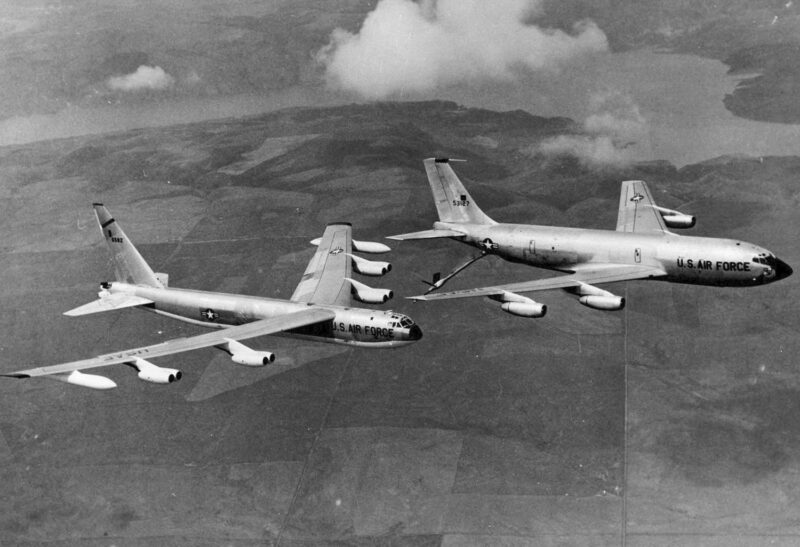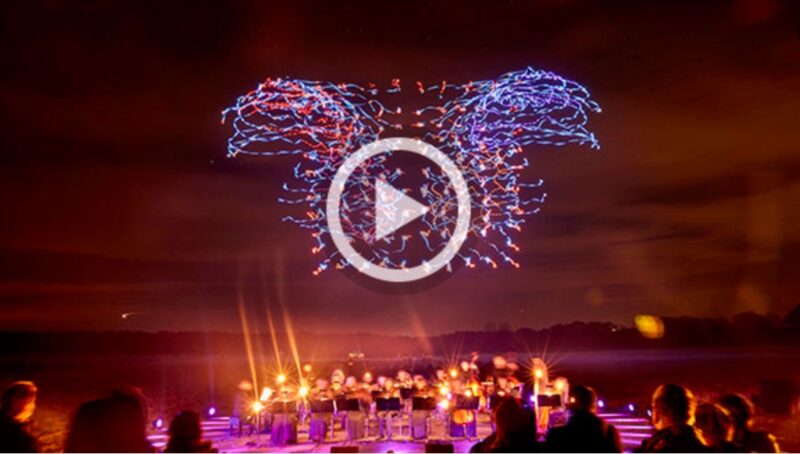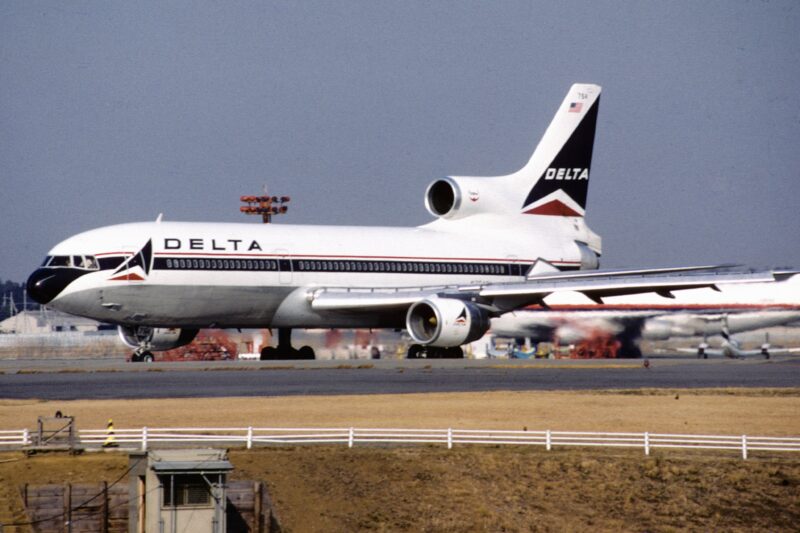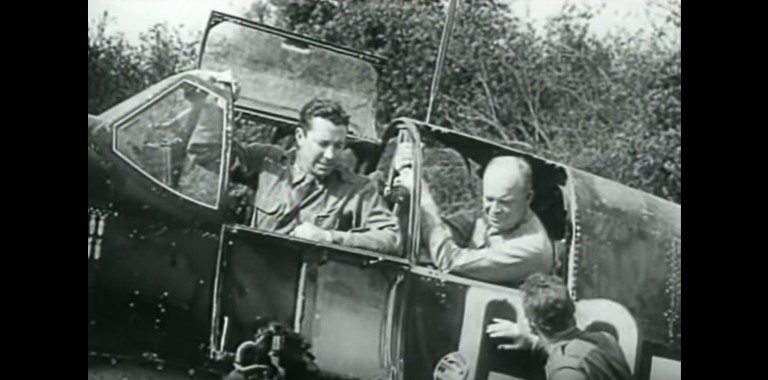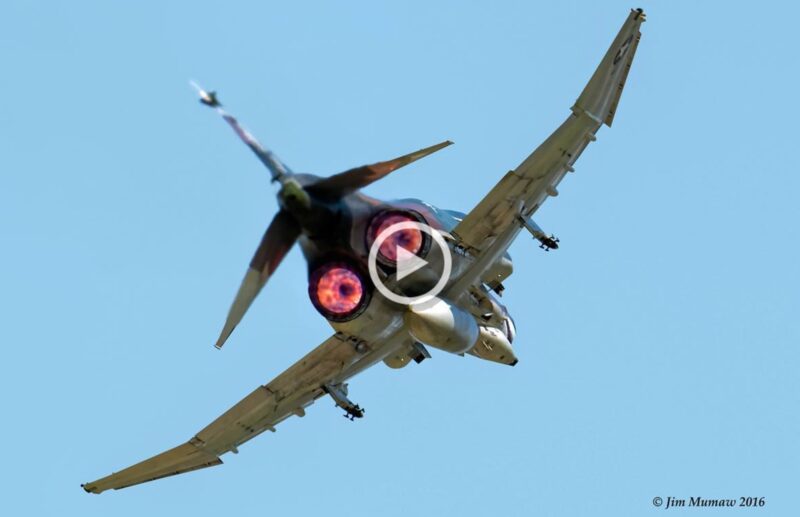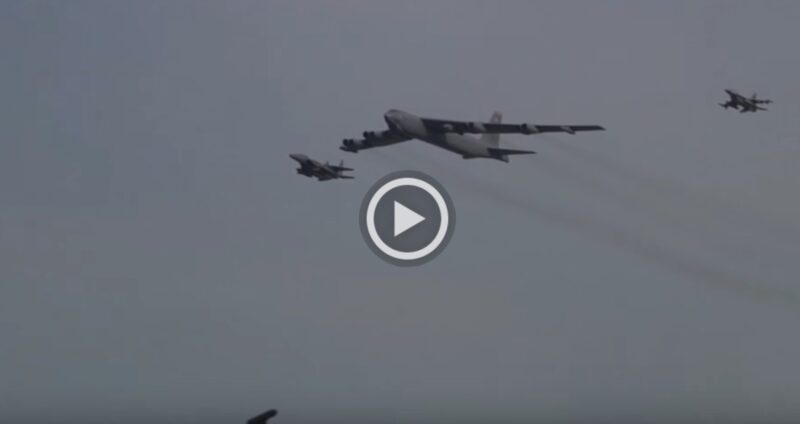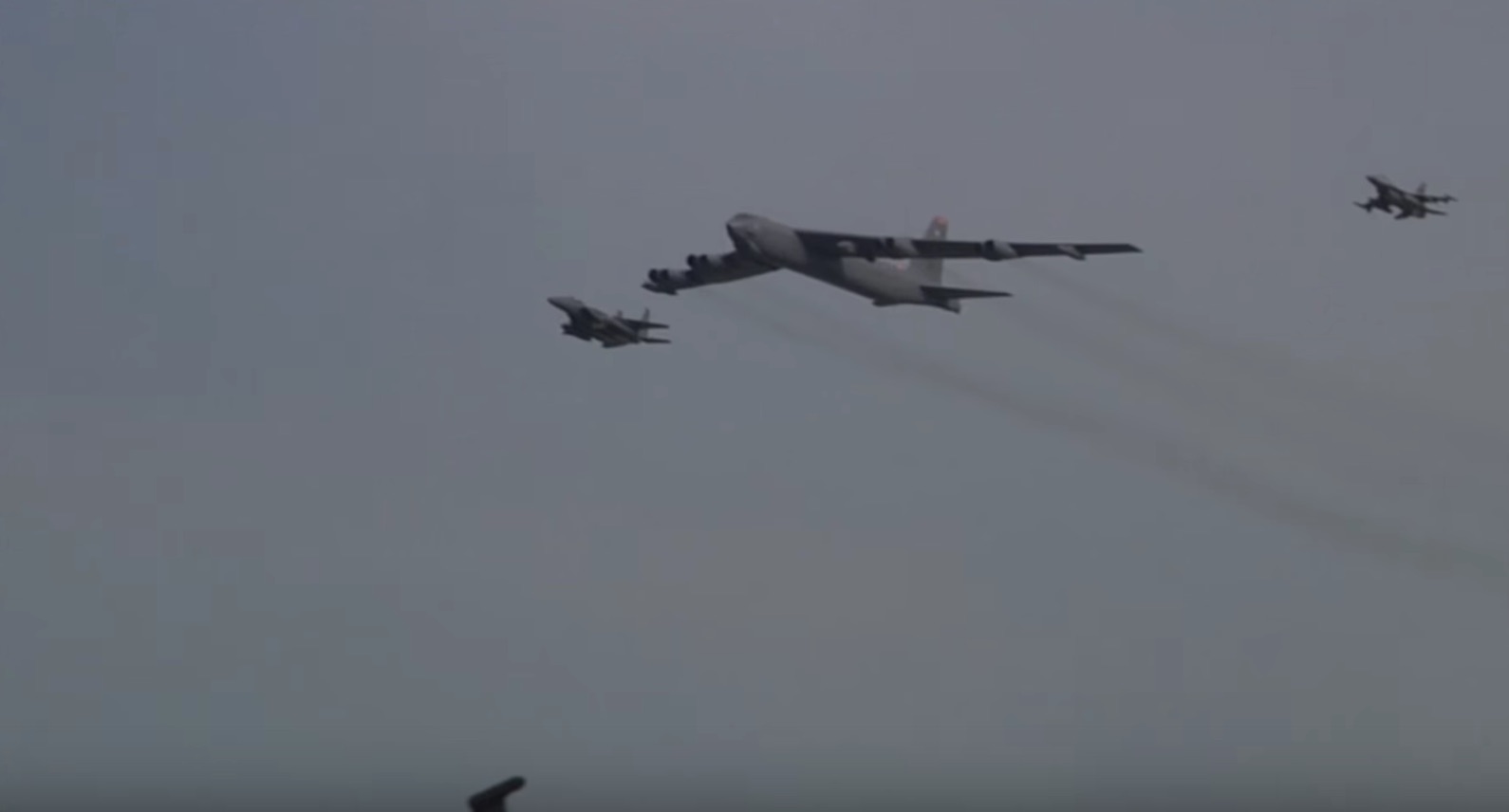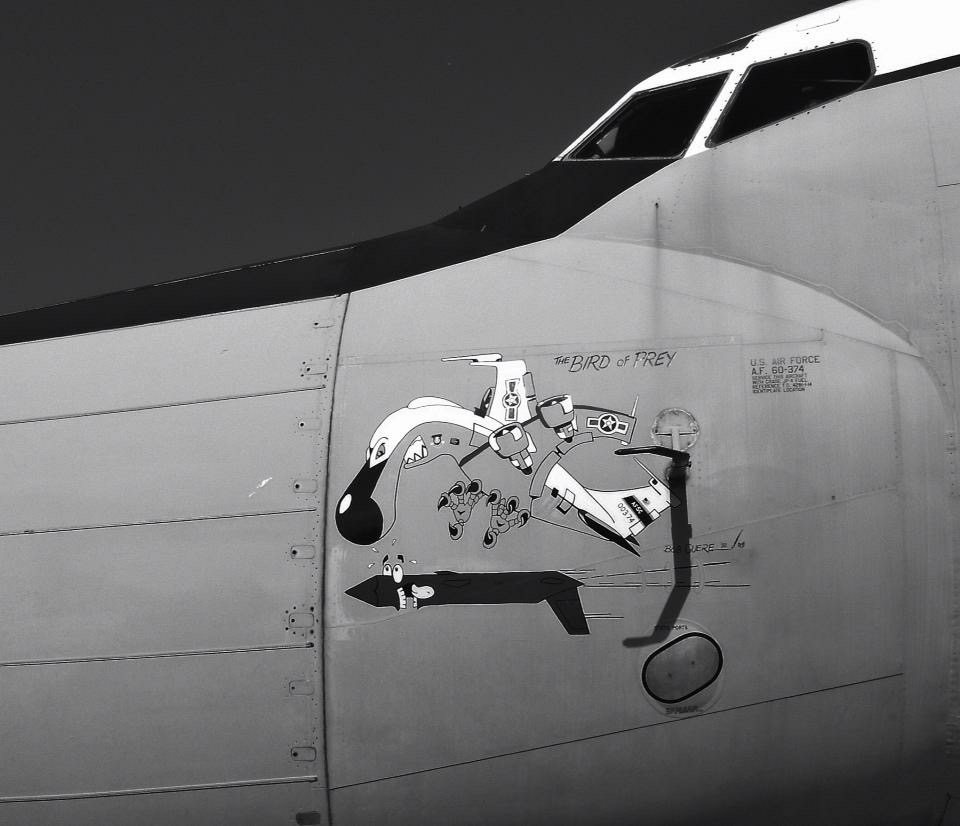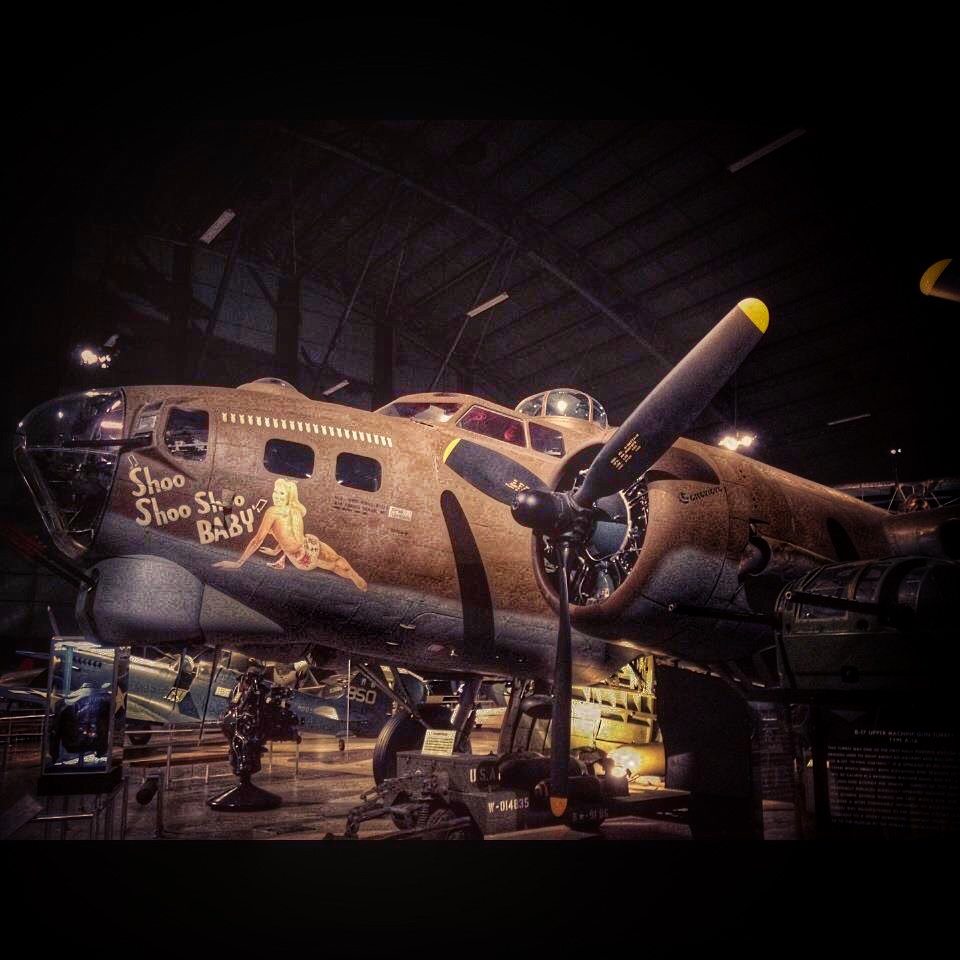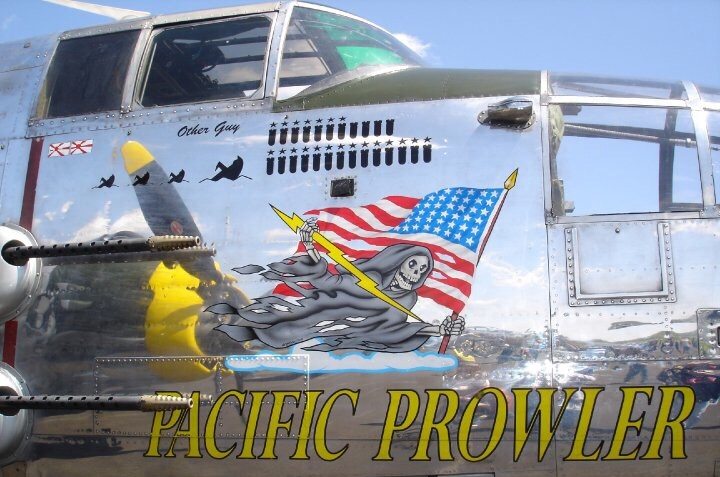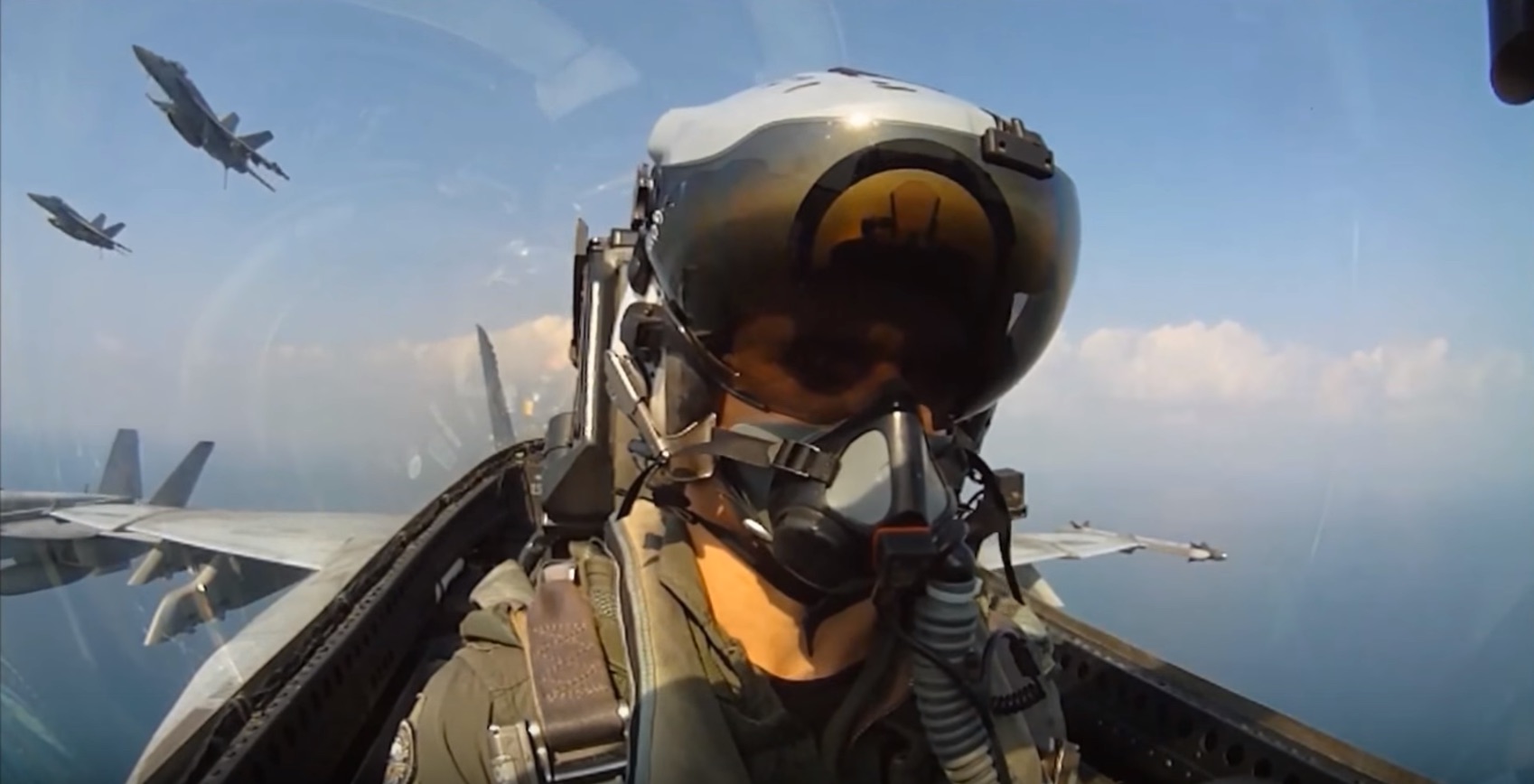Spain was spared from catastrophic disaster by a few lucky coincidences that prevented nuclear weapons from detonating after a B-52 collided with a KC-135 during refueling.
Back in 1966, the United States was deeply embroiled in a Cold War with the Soviet Union. The United States operated secret missions named “Chrome Dome” from the United States to Europe and back with live nuclear weapons that could be launched on short notice. These missions were draining. They required the crews to hand fly multiple air refuelings, many times while fatigued and often during poor weather.
An unlucky B-52 crew proved how dangerous this mission was while refueling with a KC-135 over Spain on January 17th, 1966. The closure by one of the copilots was too quick. No breakaway was called. The boom smashed into the aircraft with enough force to damage the receiver. The B-52 and KC-135 both lost control. The hull of the B-52 aircraft spun down to the ground with 4 hydrogen bombs still in the flaming hull. Fortunately, none of the nuclear weapons exploded. Three bombs fell on land and one fell in the sea. Cleanup is still ongoing 50 years later. Only 4 aircrew members from the B-52 survived. All aboard the KC-135 perished.
This accident is a lesson in crew resource management and operational safety. Four air refuelings in a large aircraft is difficult under any condition. Poor weather and fatigue undoubtedly contributed to the accident. The accident report notes that there were many other boom/aircraft collisions and operational errors during previous refuelings on similar missions. The report does not indicate if any operational changes were made in an attempt to avoid a repeat of the same mistakes prior to this tragic accident. You can read the full accident report here.
Below is a link to an interview with one of the co-pilots from that doomed B-52 bomber:
1966 Palomares B-52 crash by toqtaqiya
We must never forget those who perished. We must also give thanks that this incident did not end much worse. Today, hundreds of military air crews air refuel with nearly identical technology. Air refueling, especially between large aircraft, is one of the most difficult maneuvers that aircrew must perform. It is a testament to the skill and training that there are so few incidents today.

